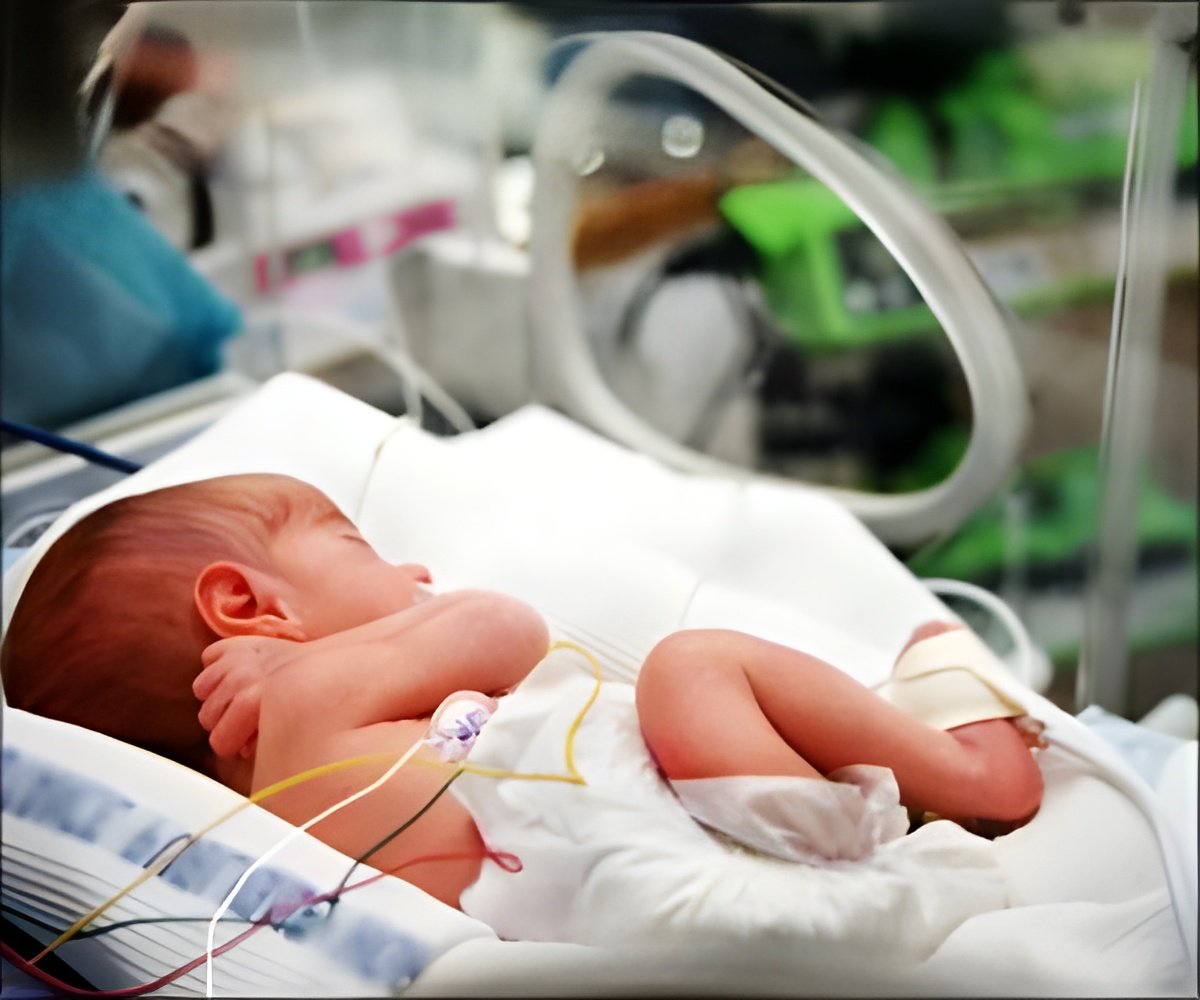The presence of cervicovaginal microbiota are significantly associated with preterm labor.

- Premature birth that occurs before 37 weeks of pregnancy is the main cause of mortality and morbidity among infants.
- Significant differences in the cervicovaginal microbial communities of women were seen early in pregnancy.
- Presence of different bacterial species were associated with a dramatic increase in the risk of premature birth while some others reduced the risk.
Preterm birth accounts for more than $26 billion annually in avoidable medical and societal costs, according to the National Academy of Medicine.
To determine the risk for preterm birth, currently there are no good screening tests and doctors have been frustrated by the lack of treatments that reliably prevent premature birth.
Study
"Although conventional wisdom says premature birth begins in the uterus, we decided to take an entirely new look at the problem," Michal Elovitz says.
Michal Elovitz, M.D., who is professor of Obstetrics and Gynecology at the University of Pennsylvania and colleagues at the Perelman School of Medicine at the University of Pennsylvania and the University of Maryland studied 2,000 pregnant women.
They analyzed the vaginal swabs of these women at three distinct time points in pregnancy to study the microbial colonies that were present.
They found that the presence of many bacteria actually conferred a lower risk of spontaneous preterm birth while other bacteria were associated with a significant increased risk.
The bacteria associated with spontaneous preterm birth, in conferring either protection or risk, were different between African-American and non-African-American women.
"We are very excited to report that we did find significant differences in the microbial communities early in pregnancy in women who ultimately have a preterm birth compared to a term birth," Elovitz says.
"Different bacterial species were associated with quite a dramatic increased risk of premature birth. If our study is confirmed, it could mean that targeting CV bacteria may be a new therapy to prevent premature birth in the immediate future, not decades from now." Elovitz added.
Edward R.B. McCabe, MD, PhD, senior vice president and chief medical officer of the March of Dimes says. "From these data, we may learn how to prevent preterm birth either by eliminating the CV bacteria that are associated with an increased risk and/or by enhancing the presence of protective bacteria. This is a promising new area that should become a research priority,".
The study titled "Motherhood and the Microbiome," is funded by the National Institute of Nursing Research.
The team has won the March of Dimes Award for Best Abstract on Prematurity at the Society for Maternal-Fetal Medicine's annual meeting The Pregnancy Meeting.
The findings will be presented on January 26th at Caesars Palace Augustus Ballroom in Las Vegas.
Source-Medindia













